Let’s talk about pasta. Not just any pasta, but the kind that makes you close your eyes and hum with satisfaction after the first bite. The kind that makes you forget you’re eating out of a bowl on your couch and instead transports you to a sun-drenched trattoria in Rome. Italian cuisine is synonymous with pasta—a dish so versatile and beloved that it transcends borders, cultures, and even bad cooking. But here’s the thing: the shape of the pasta you choose can make or break your dish. Yes, shape matters. And no, this isn’t just some fussy Italian tradition. It’s science, art, and a little bit of magic all rolled into one.
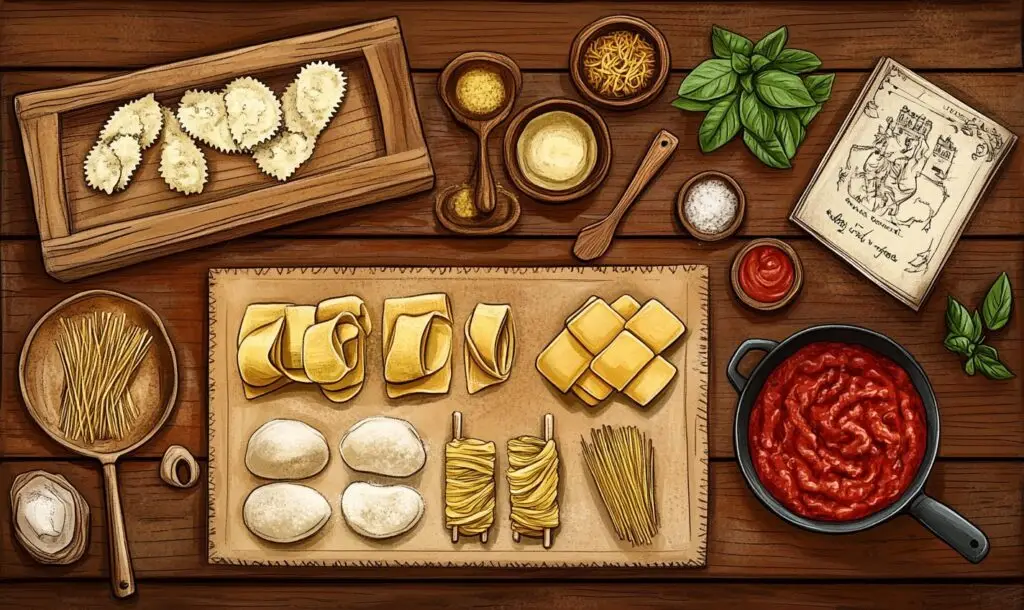
Choosing the right pasta shape for your sauce isn’t just about tradition; it’s about maximizing flavour, texture, and that elusive “perfect bite.” It’s the difference between a dish that makes you feel like a culinary genius and one that makes you wonder why you didn’t just order pizza. In this guide, we’ll dive into the world of pasta shapes, explore the sauces that love them, and share classic combinations that will make you feel like you’ve unlocked the secrets of Italian nonnas everywhere.
Why Pasta Shape Matters (Yes, Really)
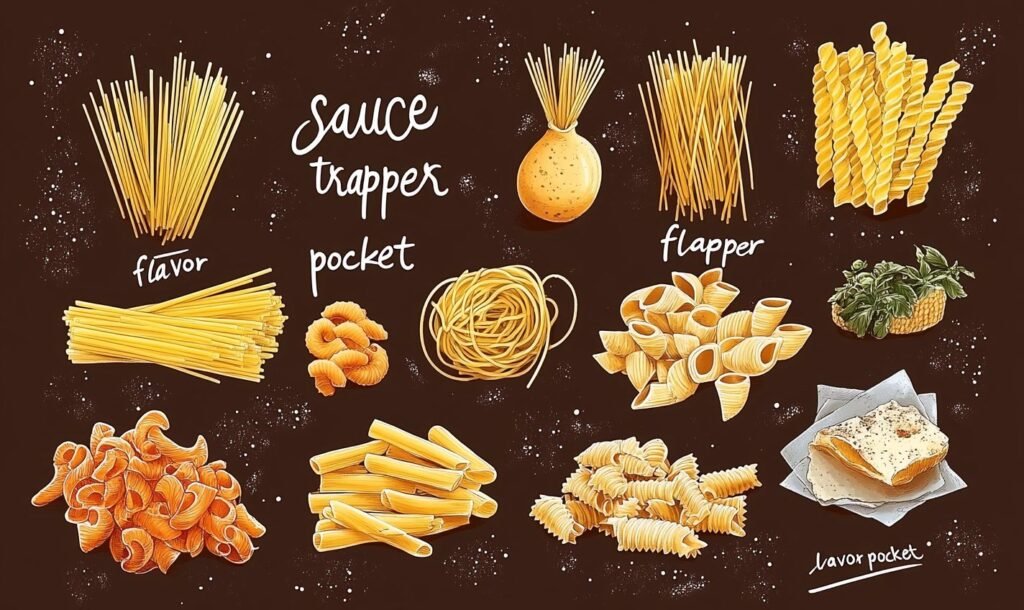
Pasta comes in about 300 shapes and sizes, and no, that’s not an exaggeration. Each shape is designed to do a specific job: hold sauce, trap bits of meat or veggies, or just look pretty on the plate. Think of it like this: pasta shapes are the tools in your culinary toolbox, and using the right one can make all the difference.
Longer pasta, like spaghetti or fettuccine, is great for lighter, smoother sauces. The strands wrap around your fork like a warm hug, coating each bite evenly. On the other hand, short, tubular pasta like rigatoni or penne is perfect for thicker, chunkier sauces. Their ridges and hollow centres act like little sauce traps, ensuring every bite is packed with flavour. And then there are the specialty shapes—fusilli, orecchiette, cavatappi—each with its own unique personality and purpose.
But let’s not get ahead of ourselves. We’ll get to the specifics in a minute. First, let’s talk about the unsung hero of any great pasta dish: the sauce.
The Sauce: Where the Magic Happens
Italian sauces are as varied as the pasta shapes they accompany. They can be light and herbaceous, rich and meaty, or creamy and indulgent. The key is matching the sauce to the pasta shape, creating a harmony that elevates both elements.
Italians have a saying: “La pasta è come una tela, e la salsa è il colore.” Pasta is like a canvas, and the sauce is the paint. Just like you wouldn’t use watercolours on a brick wall, you shouldn’t pair a delicate sauce with a heavy pasta shape. It’s all about balance.
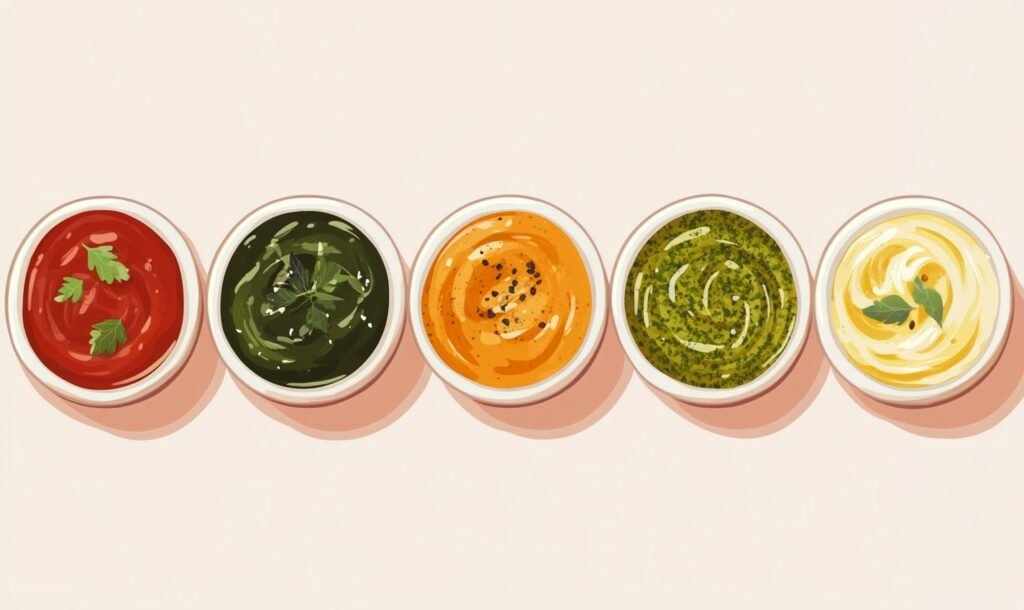
Long Pasta Shapes: The Classics
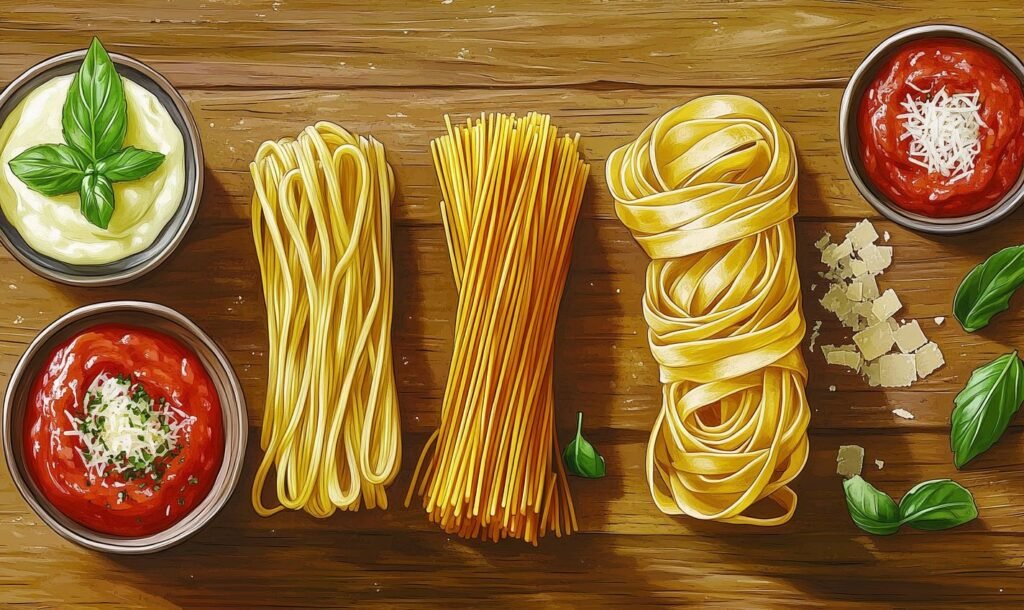
1. Spaghetti: The Icon
Best with: Tomato-based sauces, carbonara, or garlic and olive oil.
Why it works: Spaghetti is the James Dean of pasta—simple, timeless, and effortlessly cool. Its slender strands are perfect for light, clingy sauces that coat each bite without overwhelming it. Think spaghetti al Pomodoro, where fresh tomatoes, basil, and olive oil come together in a symphony of simplicity. Or spaghetti carbonara, where the creamy egg-and-cheese sauce clings to each strand like a cozy blanket.
Pro tip: Don’t break the spaghetti. Ever. It’s a crime against Italian cuisine.
2. Fettuccine: The Velvet Rope
Best with: Creamy sauces like Alfredo or hearty ragù.
Why it works: Fettuccine’s flat, broad surface is like a velvet rope for rich, indulgent sauces. It’s the pasta equivalent of a luxury SUV—sturdy, reliable, and built for comfort. Fettuccine Alfredo is the obvious choice here, but don’t sleep on pairing it with a slow-cooked ragù. The sauce clings to the ribbons, creating a dish that’s as satisfying as it is Instagram-worthy.
Pro tip: Fresh fettuccine cooks in about 2 minutes. Don’t walk away from the stove.
3. Linguine: The Seafood Whisperer
Best with: Light seafood sauces or pesto.
Why it works: Linguine is like spaghetti’s cooler, slightly flatter cousin. Its shape is tailor-made for sauces that feature clams, shrimp, or delicate herbs. Linguine alle Vongole (linguine with clams) is a classic example, where the briny sweetness of the clams pairs perfectly with the pasta’s subtle texture.
Pro tip: Save some pasta water to loosen the sauce. It’s the secret to restaurant-level dishes.
Short and Tube Pasta Shapes: The Sauce Magnets

4. Penne: The Sauce Trapper
Best with: Chunky tomato or vegetable sauces.
Why it works: Penne’s ridges and hollow centre are like a sauce magnet, trapping every bit of flavour and delivering it straight to your taste buds. It’s the pasta equivalent of a loaded baked potato—every bite is a party. Penne arrabbiata, with its spicy tomato sauce, is a crowd-pleaser, but don’t be afraid to get creative with roasted veggies or a creamy vodka sauce.
Pro tip: Cook penne al dente. No one likes mushy tubes.
5. Rigatoni: The Baked Pasta King
Best with: Meaty ragù or baked casseroles.
Why it works: Rigatoni’s wide, ridged tubes are like little flavour highways, perfect for thick, hearty sauces. It’s also the MVP of baked pasta dishes, standing up to layers of cheese and sauce without losing its shape. Rigatoni al Forno (baked rigatoni) is the ultimate comfort food, and it’s practically impossible to mess up.
Pro tip: Add a layer of breadcrumbs on top before baking for extra crunch.
6. Farfalle: The Bow-Tied Beauty
Best with: Creamy or vegetable-based sauces.
Why it works: Farfalle, or “bow-tie” pasta, is as playful as it is versatile. Its shape is perfect for catching creamy sauces or bits of roasted veggies. Try it with a smoked salmon cream sauce for a dish that’s equal parts fancy and comforting.
Pro tip: Farfalle cooks quickly, so keep an eye on it. Overcooked bowties are a tragedy.
Unique and Specialty Shapes: The Showstoppers
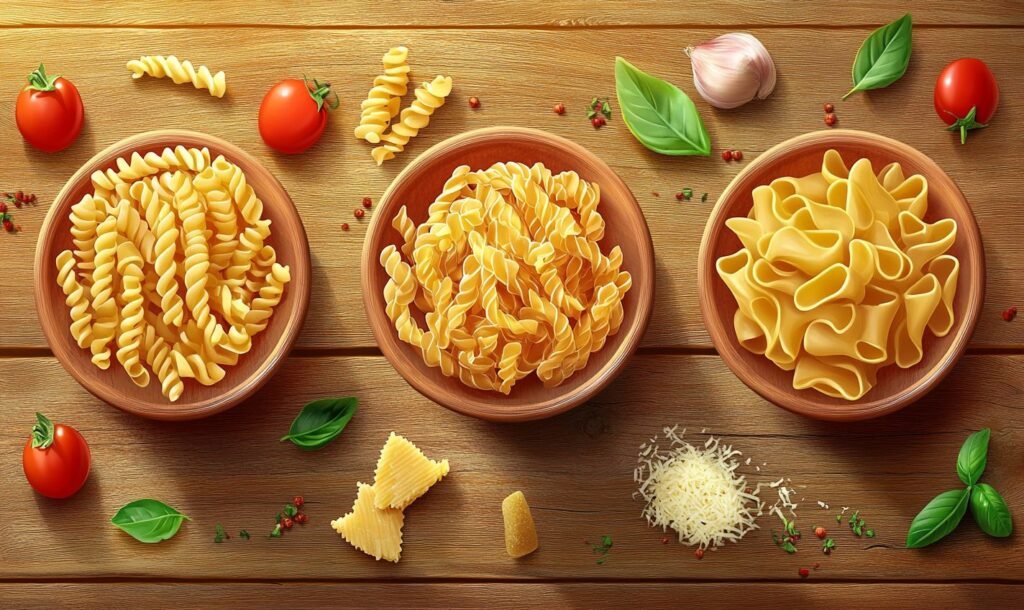
7. Fusilli: The Spiraled Wonder
Best with: Chunky vegetable or pesto sauces.
Why it works: Fusilli’s spiral shape is like a rollercoaster for sauce, trapping every bit of flavour and delivering it in every bite. It’s particularly great with pesto, where the ridges hold onto the herby goodness like a dream.
Pro tip: Toss fusilli with roasted cherry tomatoes and fresh mozzarella for a quick, summery dish.
8. Orecchiette: The Little Ears
Best with: Sausage and broccoli rabe or creamy sauces.
Why it works: Orecchiette, or “little ears,” are designed to scoop up sauce, making every bite a flavour explosion. A classic pairing is orecchiette con cime di rapa, where the bitterness of the broccoli rabe balances the richness of the sausage.
Pro tip: Don’t skimp on the olive oil. It brings the dish together.
9. Cavatappi: The Corkscrew
Best with: Rich, cheesy sauces or baked dishes.
Why it works: Cavatappi’s corkscrew shape is perfect for holding onto bold, cheesy flavours. It’s the pasta equivalent of a cosy sweater—comforting, reliable, and always a good idea.
Pro tip: Use cavatappi for mac and cheese. Thank me later.
Filled and Stuffed Pasta: The Flavor Bombs
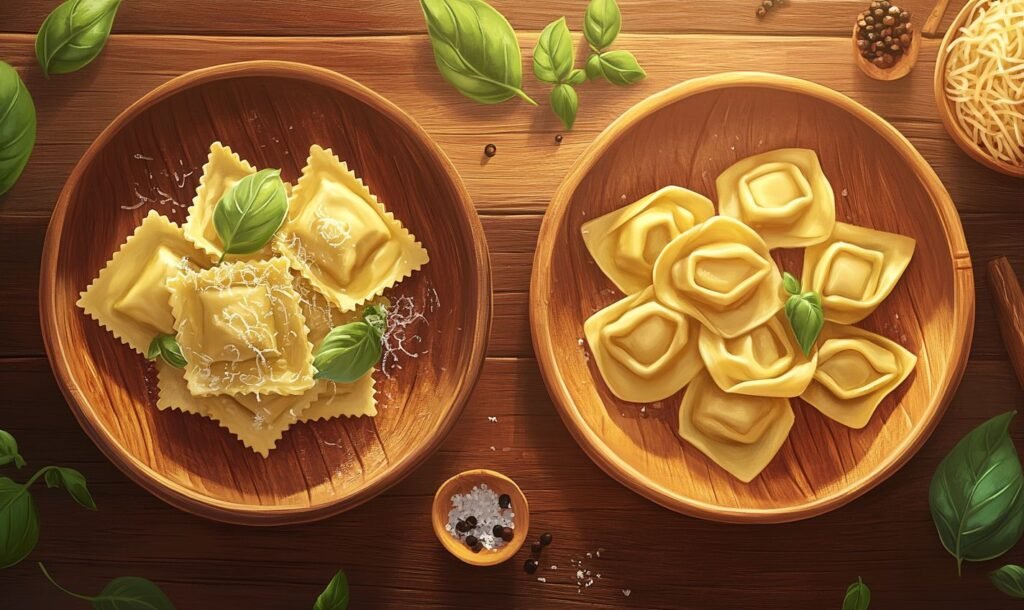
10. Ravioli: The Flavor Pocket
Best with: Light tomato or butter sauces.
Why it works: Ravioli is like a little gift wrapped in pasta. The delicate pockets are filled with ricotta, spinach, or meat, and they pair beautifully with simple sauces that let the filling shine.
Pro tip: Don’t overcrowd the pot. Ravioli needs room to swim.
11. Tortellini: The Ring of Joy
Best with: Broth or cream sauces.
Why it works: Tortellini’s small, ring-like shape is perfect for soaking up broth or creamy sauces. It’s the ultimate comfort food, whether served in a simple broth or coated in a rich Alfredo sauce.
Pro tip: Add a splash of white wine to the sauce for extra depth.
The Bottom Line
Pasta is more than just food—it’s an expression of Italian culture, tradition, and love. When you understand how pasta shapes and sauces work together, you can create dishes that are not only delicious but also profoundly satisfying. So grab your favourite pasta, whip up a sauce, and enjoy the journey. And remember: Life’s too short for bad pasta.
Now, if you’ll excuse me, I have a pot of water to boil. Wish me luck.





